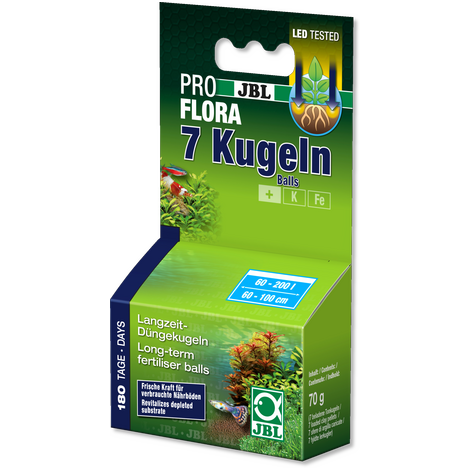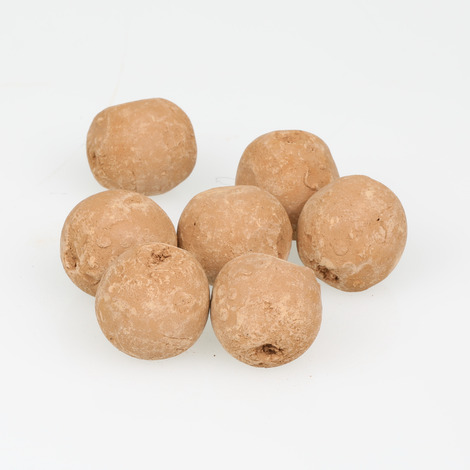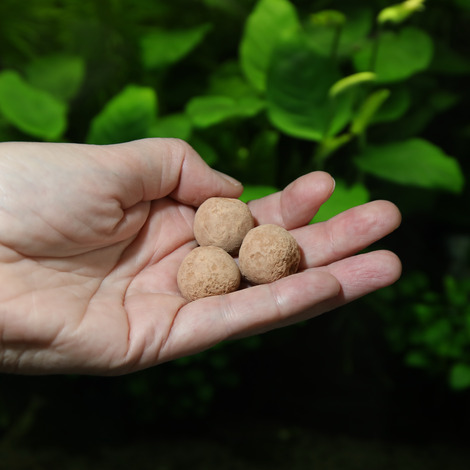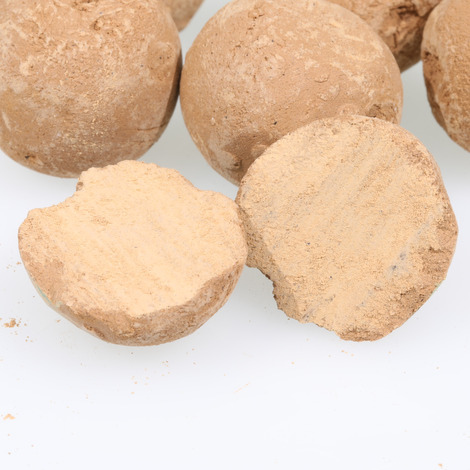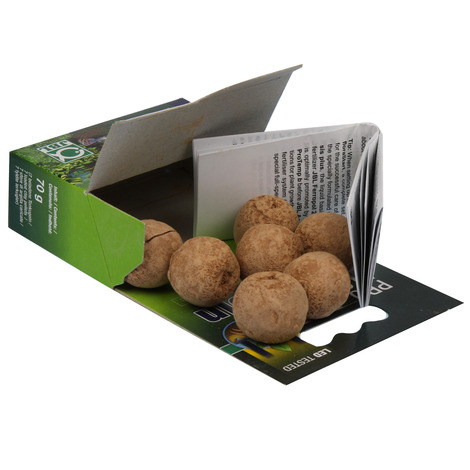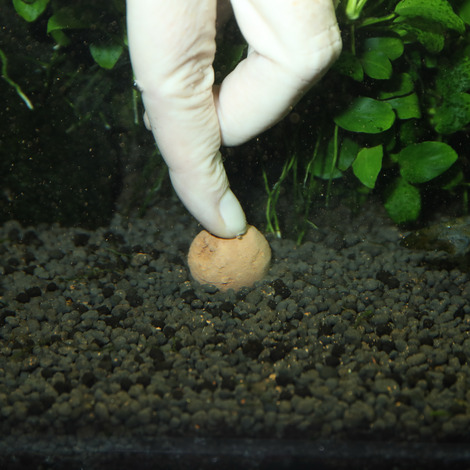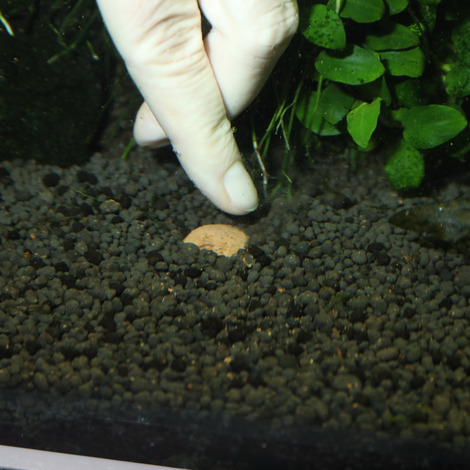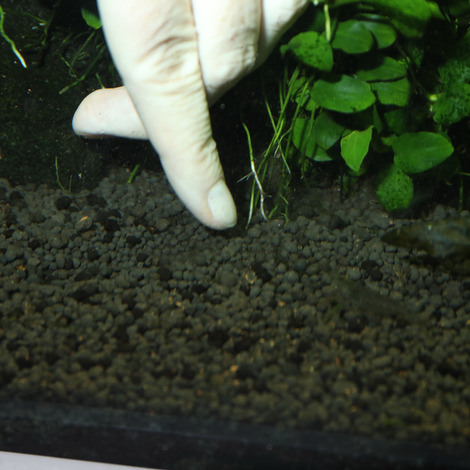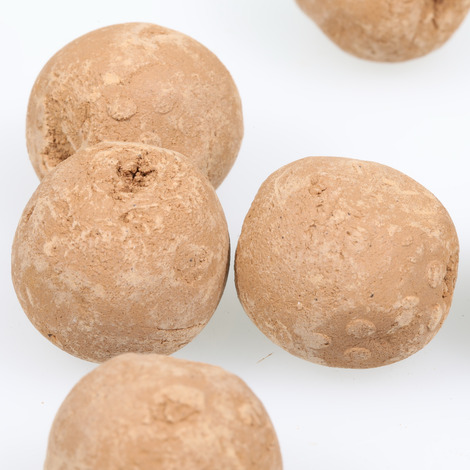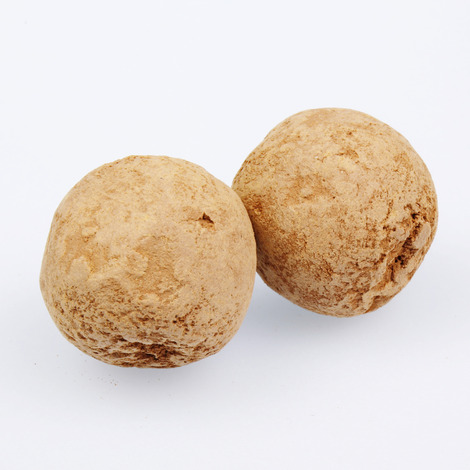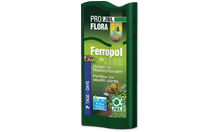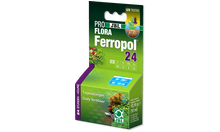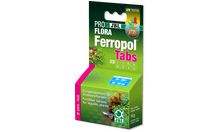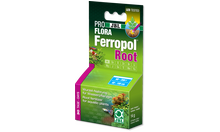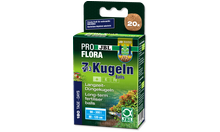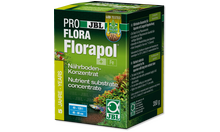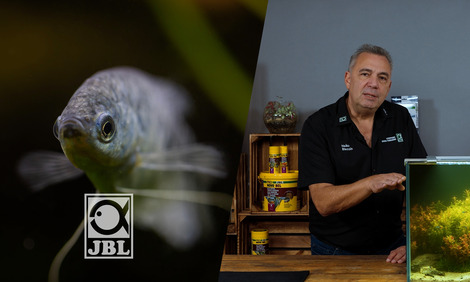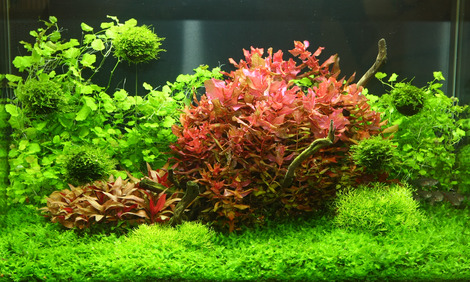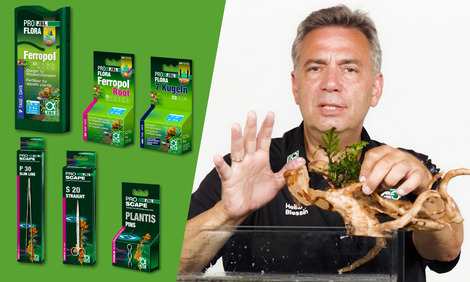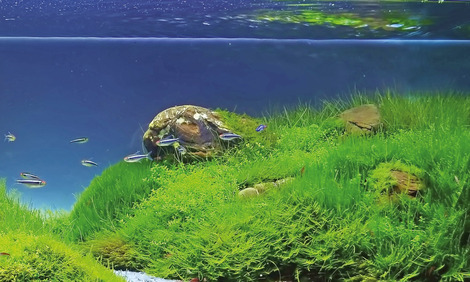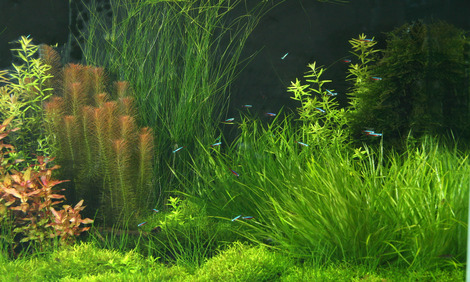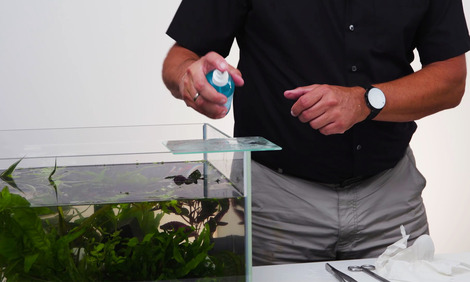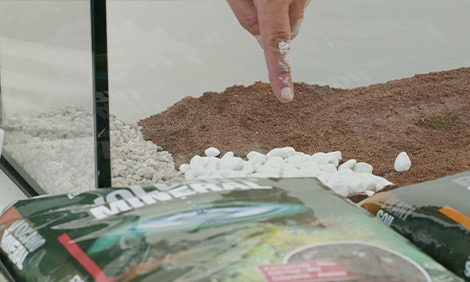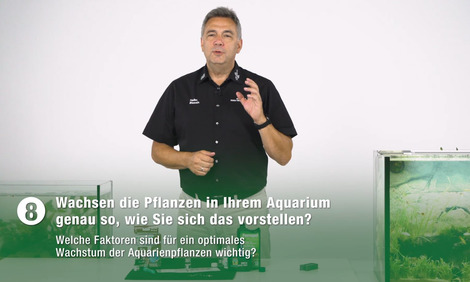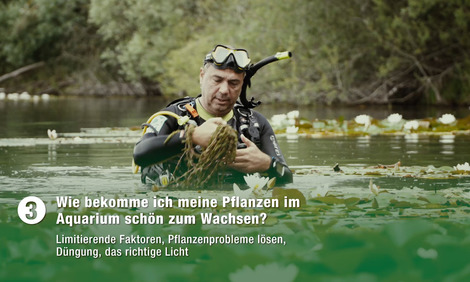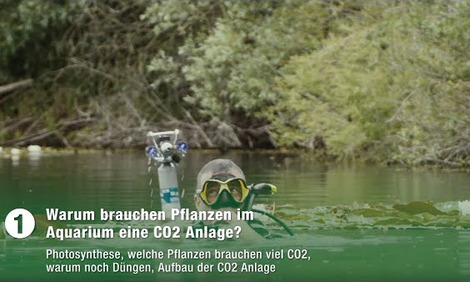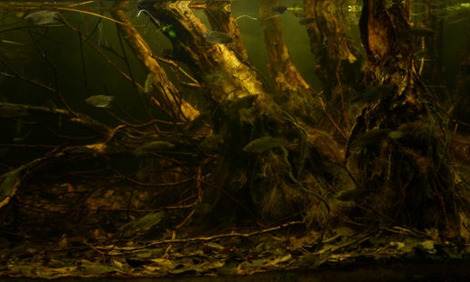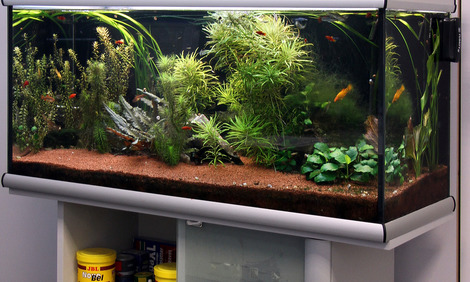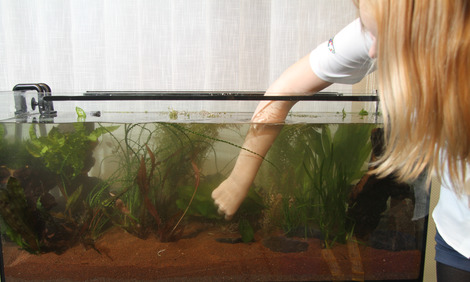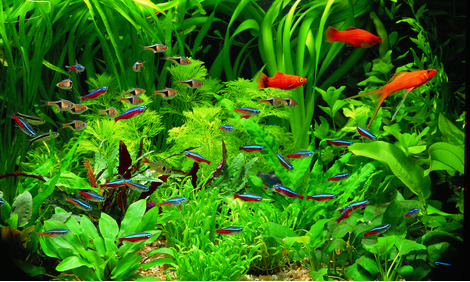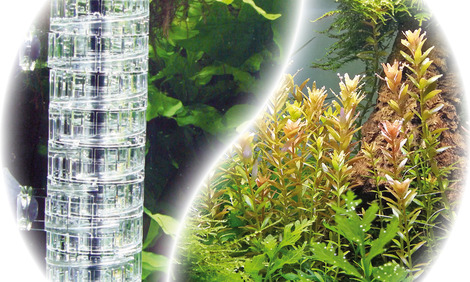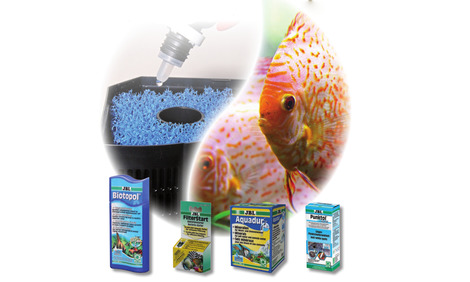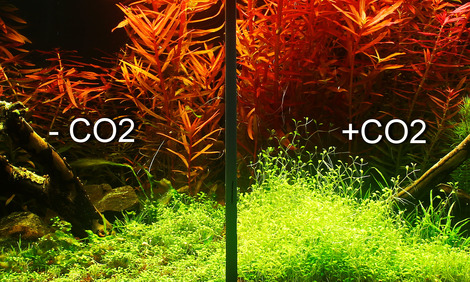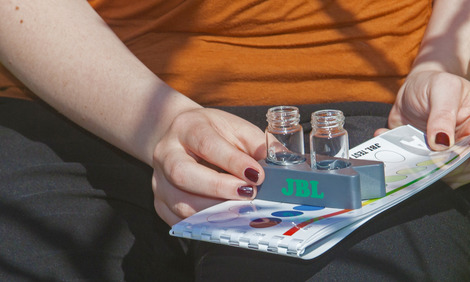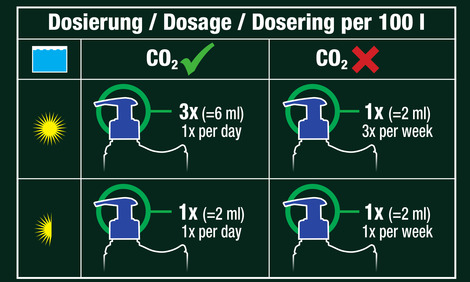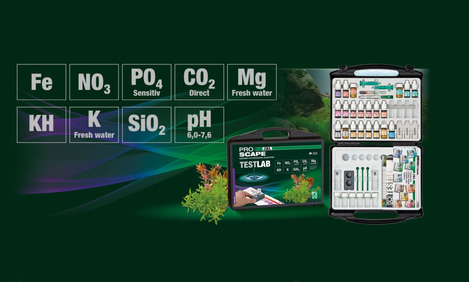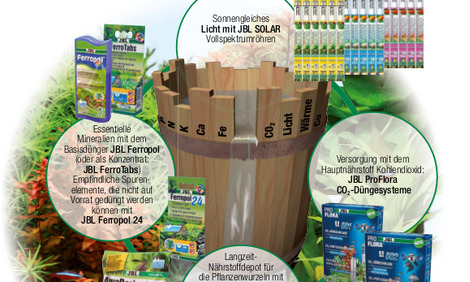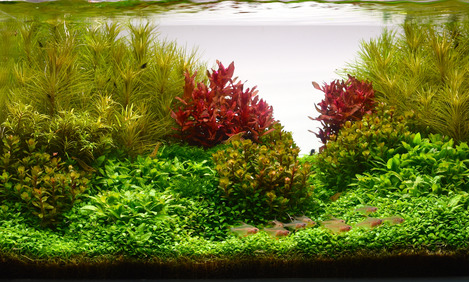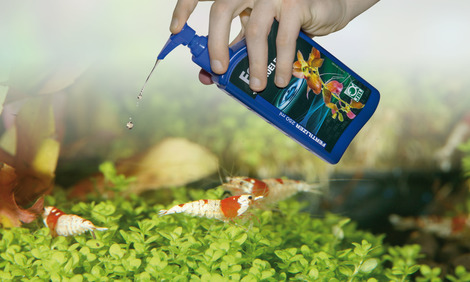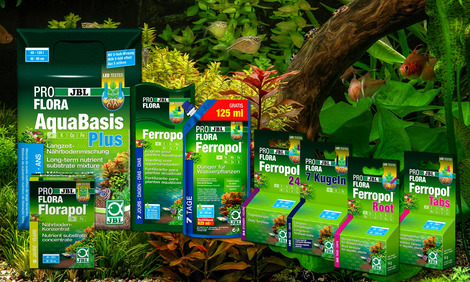Nutrition for aquarium plants Healthy plants prevent algae growth, supply oxygen, remove pollutants, offer hiding places and reduce pathogens.
In contrast to the "instant" root fertiliser JBL FERROPOL Root, the “7 balls” are a long-term root fertiliser and act as a storage depot, releasing the nutrients stored inside to the plant roots in healthy doses.
Heatlhy plants = healthy fish For the plants to flourish the following demands have to be met:
light as an energy source for CO2 photosynthesis, nutrients and trace elements as growth promoters.
JBL plant care products supply the plants with all their main nutrients and essential trace elements. This way the plants can absorb all the required nutrients they need through their leaves and roots, and deficiency symptoms (e.g. iron deficiency) are averted.
JBL PROFLORA 7 Balls
Root fertiliser for freshwater aquariums (7 fertiliser balls)
- Primary care for plant roots: specially produced clay balls, loaded with nutrients, for freshwater aquariums
- Storage capacity for nutrients. No deficiency symptoms: important trace elements such as iron, minerals
- Optimal promotion of plant growth means less algae growth. No phosphates and nitrates
- Strong root formation in plants is a sign of high nutrient absorption through the roots
- Package contents: 1 pack with 7 fertiliser balls. To use: depending on the size of the plant, press one to several balls into the root area every six months
You may also be interested in
JBL PROFLORA 7 Balls
Properties
| Animal species: | Arowana, Axolotl, Barbels, Bettas, Bichirs/reedfish, Blowfish, Catfish, Cichlids (South America), Crayfish, Danions, Discus, Dwarf shrimps, Flowerhorn, Goldfish, Gouramis, Guppy, Juvenile fish, Killifish, Livebearers, Loaches, Mussels, Panchaxes, Rainbowfish, Snails, Spiny eels, Terrapins, Tetra, Tropical terrapin, Veiltails, Water turtles, freshwater butterflyfish |
| Animal size: | For all animal sizes |
| Animal age group: | All aquarium fish |
| Volume habitat: | For all aquariums |
| Material: | Potassium chloride, EDTA sodium salt, iron, zinc, boron, manganese, copper, cobalt, clay/loam |
| Colour: | green / brown |
| Dosage: | Depending on the size of the aquatic plants, one to several balls are quickly pressed into the pond bed near the plant roots. Repeat after one year |
Electronic label / illuminant
| Mercury: | No |
| Dimmable: | No |
The pellets don't contain any heavy metals, so that they are not toxic to fish. Therefore, there is no need for concern if a pellet or two stays in the tank.
JBL 7 Balls are harmless to shrimp. It's worth noting that the commonly held notion of shrimp being sensitive to copper is not correct. What is true is that shrimp even need copper urgently as a trace element for their blood pigment (haemocyanin). When using a standard fertiliser, one must overdose 80-100 fold in order to reach the ranges that are dangerous for shrimp, or a copper overdose as applicable. The situation is quite different when it comes to copper-based medications or algae control products, as these have much higher doses.
Generally, one should never change plant fertilizers abruptly. The fertilizers from different manufacturers have somewhat different compositions in terms of trace elements. This may cause temporary nutrient changes. It is best to change over in 3 steps:
1) Reduction of the old fertilizer by 1/3; replace this with 1/3 of the new fertilizer. Wait approx. 3-4 weeks and observe the reaction of the plants.
2) Reduction of the old fertilizer by 2/3; replace this with 2/3 of the new fertilizer. Wait approx. 3-4 weeks and observe the reaction of the plants.
3) Complete discontinuation of the old fertilizer and change-over to the new fertilizer.
It is important to observe the reaction of plant growth and, in addition, to check the iron content of the water at least 2x weekly. Whereas the value should never drop to 0, it should never exceed 0.2 mg/l if possible. However, short peaks are no cause for concern.
These measures should generally be carried out on a weekly basis, ideally right after a water change. This achieves better results than fertilizing in large doses at longer intervals.
Yes, that will be helpful and may even be advisable, depending on the plants in the aquarium.
The JBL 7 Balls pellets are primarily intended for root feeding plants and supply the plants with nutrients through their roots. Using JBL Ferropol to fertilise through the water column is generally advisable, as all plants (the stem plants more than the root feeders) also absorb nutrients through their leaves.
Reviews
0 Reviews
Show another review in another languages
A review in another language
Sehr gute Zusammensetzung, die Kugeln bereichern das Substrat und behalten ihre Werte für lange Zeit, die Pflanzen sehen 6 Monate lang großartig aus.
